- Home
- >
- Preservation Archaeology Blog
- >
- Protecting Ancestral Lands: Nanbé Owingeh Install...
(April 14, 2025)—Atop a windswept mesa nestled in the foothills of the Sangre de Cristo Mountains, opening onto sweeping views of the Pojoaque Basin and the Jemez Mountains, the Pueblo of Nambé—Nanbé Owingeh—recently completed an important site protection project at one of their ancestral Pueblos. Located on a remote part of the Pueblo of Nambé reservation surrounded by private inholdings, the ancestral Pueblo had for decades experienced repeated vandalism, unauthorized recreational use, and looting. To prevent further desecration, the Pueblo’s civil and traditional leadership took action to safeguard this culturally significant place within their living cultural landscape.
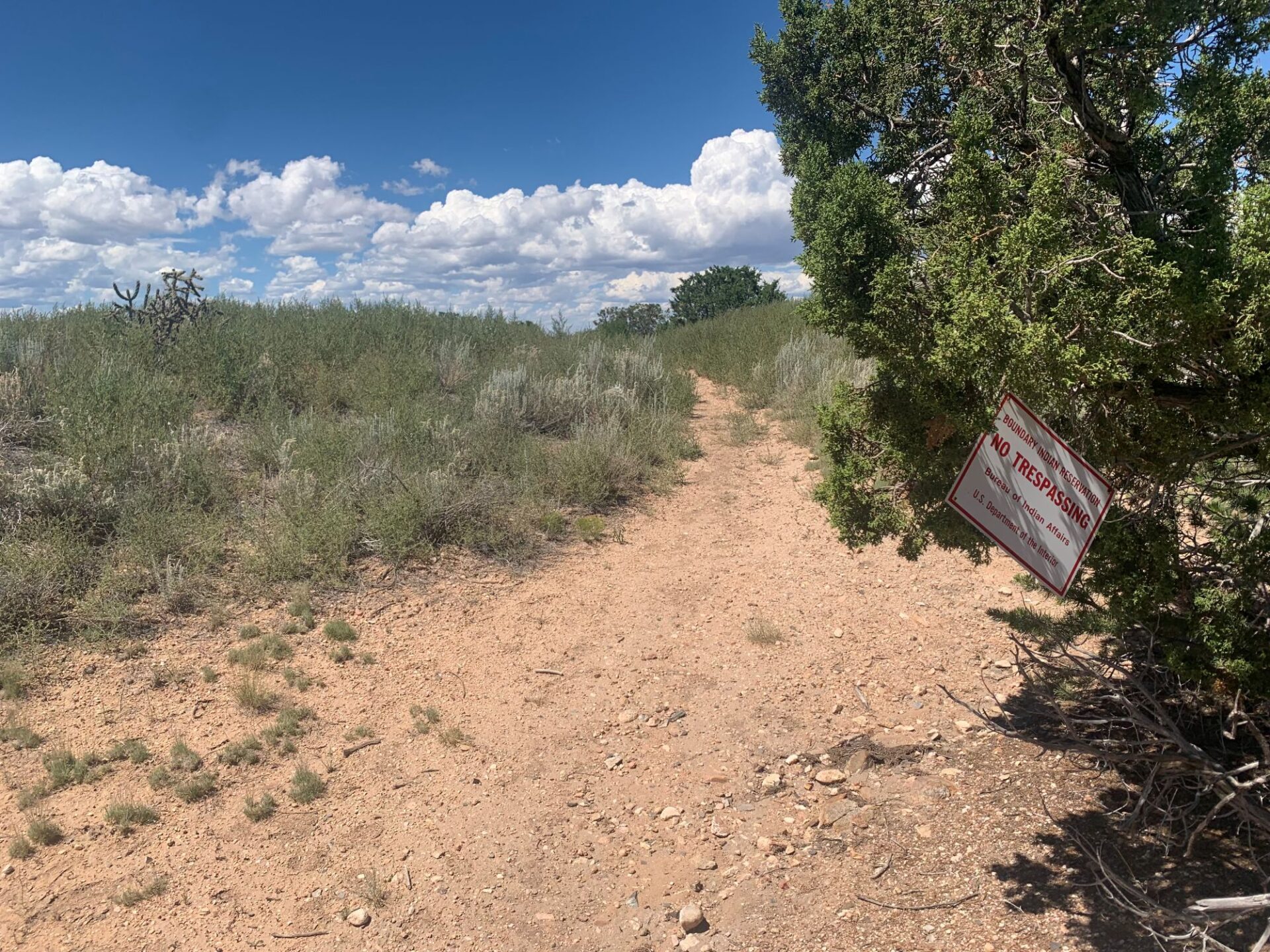
The Pueblo’s proactive action resulted in the construction of a 3,700-foot fence around the main portion of the ancestral Pueblo, built specifically to deter unauthorized ATV and pedestrian traffic. However, the fence is about more than just controlling access to the site. It is also about physically demonstrating their continued presence on the land, exerting their Tribal sovereignty by controlling access to their lands, and stewarding their cultural heritage.
Specifically, the Pueblo of Nambé saw this project as a means to steward their cultural landscape for the generations yet to come. “It’s important that we protect our cultural sites and our land, our water and our animals… because it’s for the future generations and the ones that haven’t come yet,” said Angelo Walsh of the Pueblo of Nambé. “People have been going through there for so many years, taking things and disrupting that site. We’ve been working on this for the past couple of years, and we finally accomplished it today.”
This stewardship project came into being after Pueblo of Nambé’s Lieutenant Governor Natividad Herrera took the authors to the ancestral Pueblo for advice on how to protect this culturally important place from ongoing impacts. During the visit, Lieutenant Governor Herrera expressed that regardless of the community’s long-standing concern about the vandalism, recreational use, and looting of the ancestral Pueblo, they had until that point had great difficulty in securing funds to protect the Pueblo.
That situation changed when the authors engaged with the Bureau of Indian Affairs and Archaeology Southwest’s Save History & ARPA Assistance Initiative. The Bureau of Indian Affairs and Archaeology Southwest immediately recognized the Pueblo of Nambé’s significant site protection need and were able to quickly mobilize funding that supported the purchase of fencing materials and tools, as well as a crew of Pueblo people to build the fence.
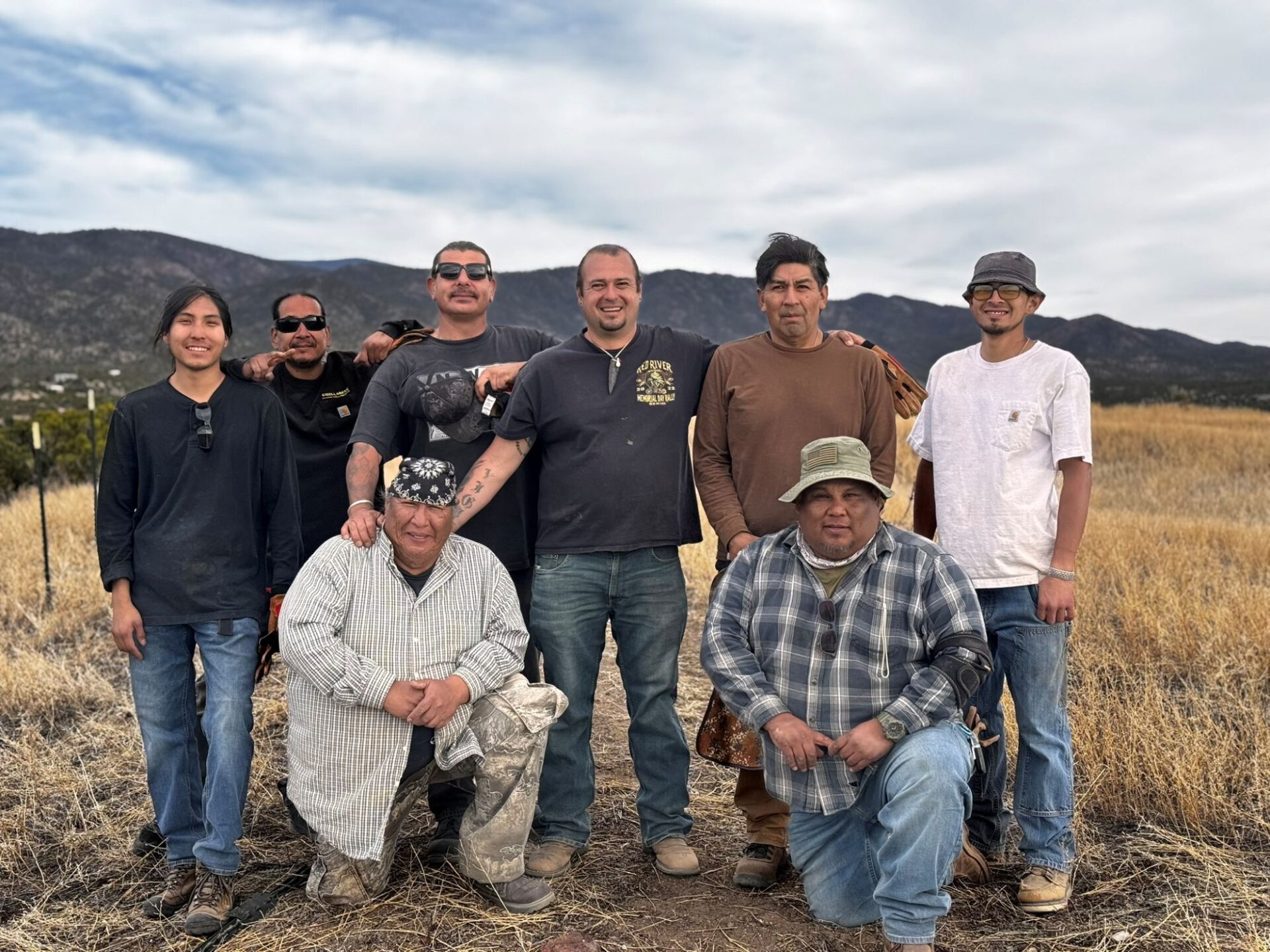
Once funding was secured, a dedicated field crew of eight team members representing three Pueblos was assembled to carry out the project. The effort was led by traditional leaders from the Pueblo of Nambé, including Angelo Walsh, Andrew Gonzales, William Yates, Frank Loretto, and Jaydin Loretto, with support by Kevin Naranjo and Dillian Naranjo from the Pueblo of Santa Clara, and Joe Martin from Pueblo de Cochiti. The project was further bolstered by the extraordinary efforts of Special Agent Franklin Chavez of the Bureau of Indian Affairs, who went the extra mile in supporting material delivery, site access, and fence construction.
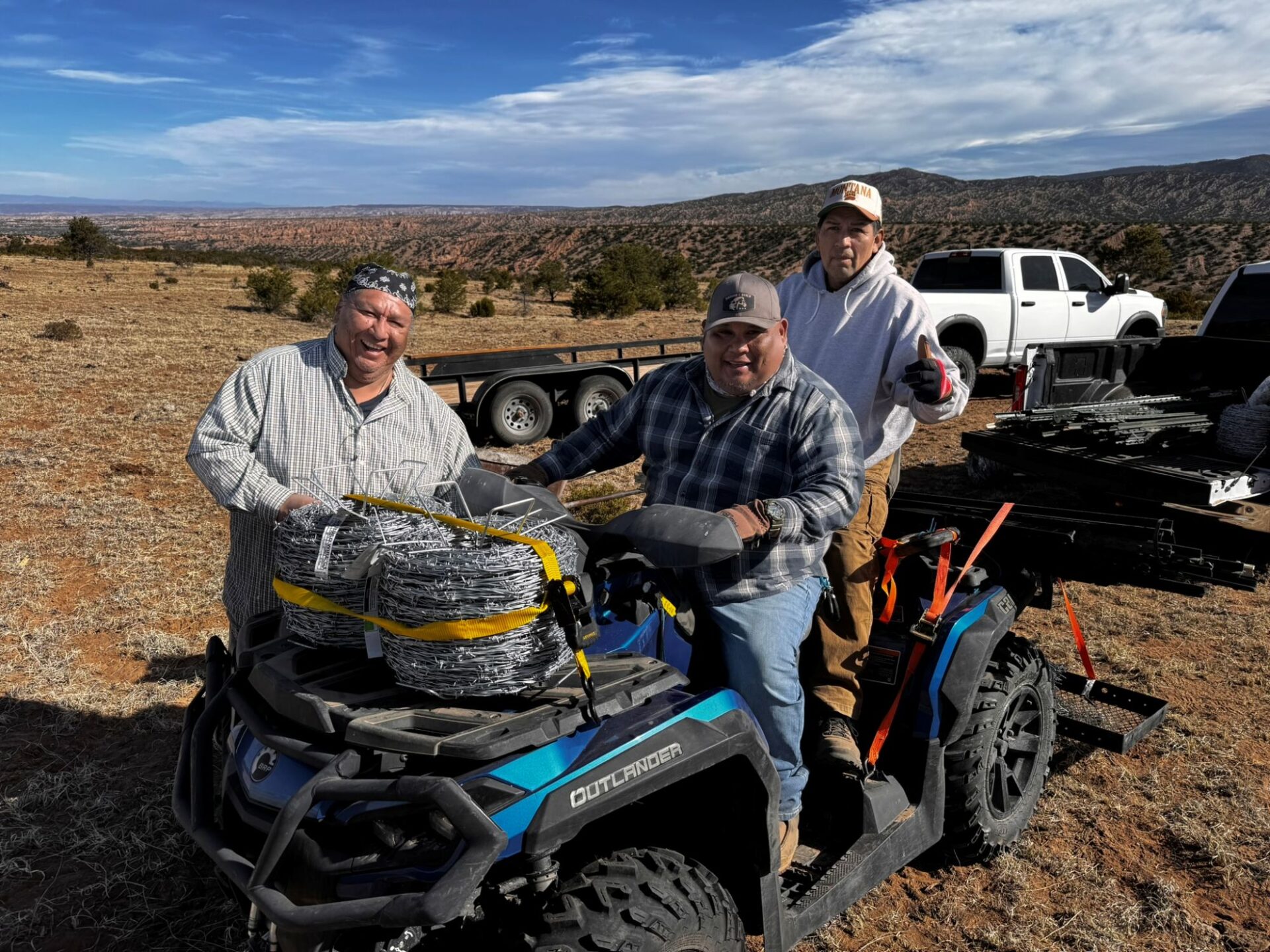
Prior to building the fence, the crew conducted an archaeological survey and site recording of the ancestral Pueblo to define its boundary, taking multiple scoping trips to determine safe and effective access routes to the site. Following these activities, over a period of eight days, the crew transported materials to the ancestral Pueblo and constructed the fence. These activities included repairing old sections of barbed wire, building H-braces, installing more than 800 T-posts, and stretching and hanging four new strands of barbed wire. The crew installed previously developed trilingual signs (including text in Tewa, English, and Spanish) asking people not to enter the ancestral Pueblo because of the importance of the place for Nambé people. The new signage also notifies people of the steep fines, penalties, and possible imprisonment that come with committing archaeological resource crimes on Tribal lands.
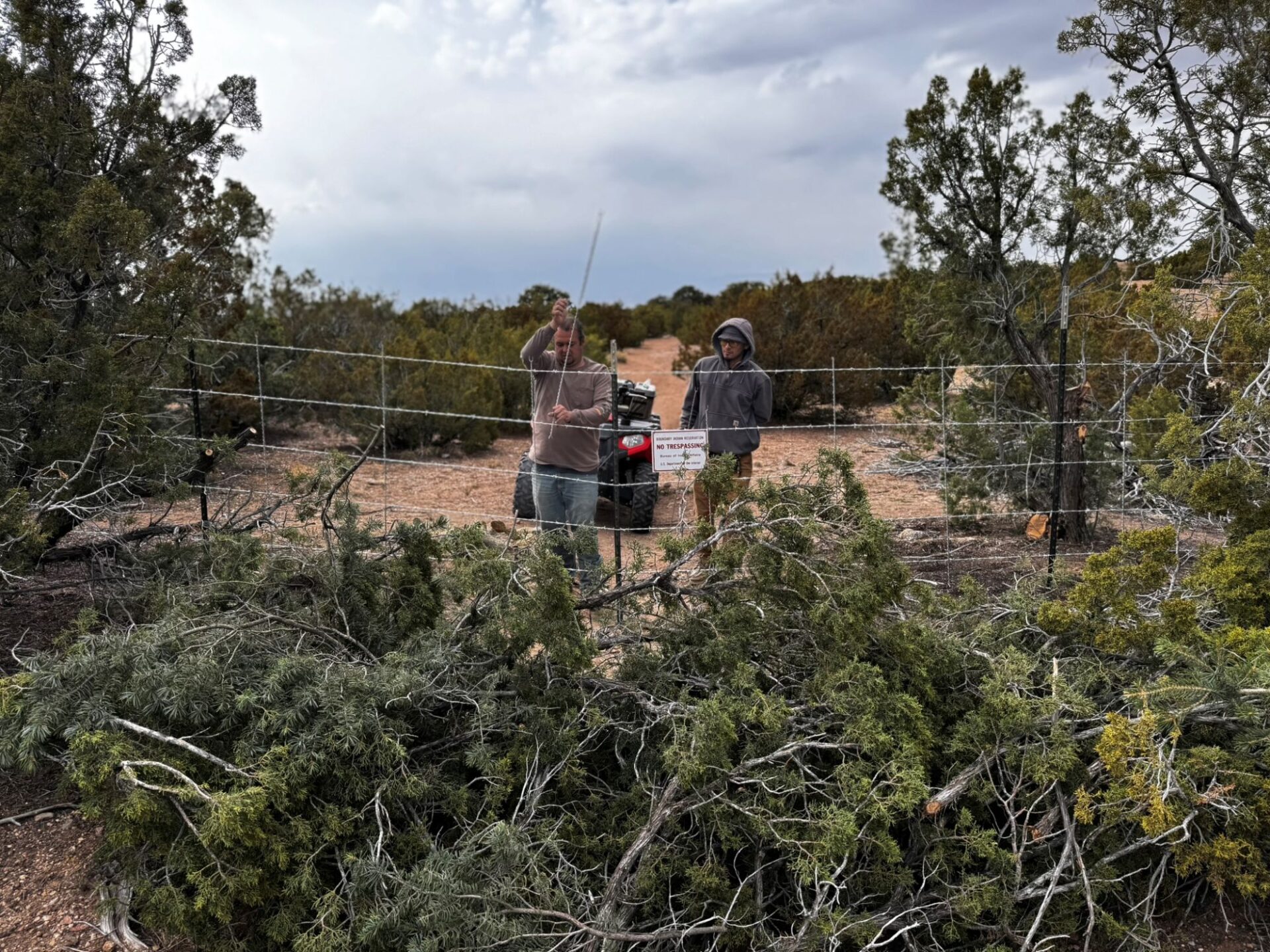
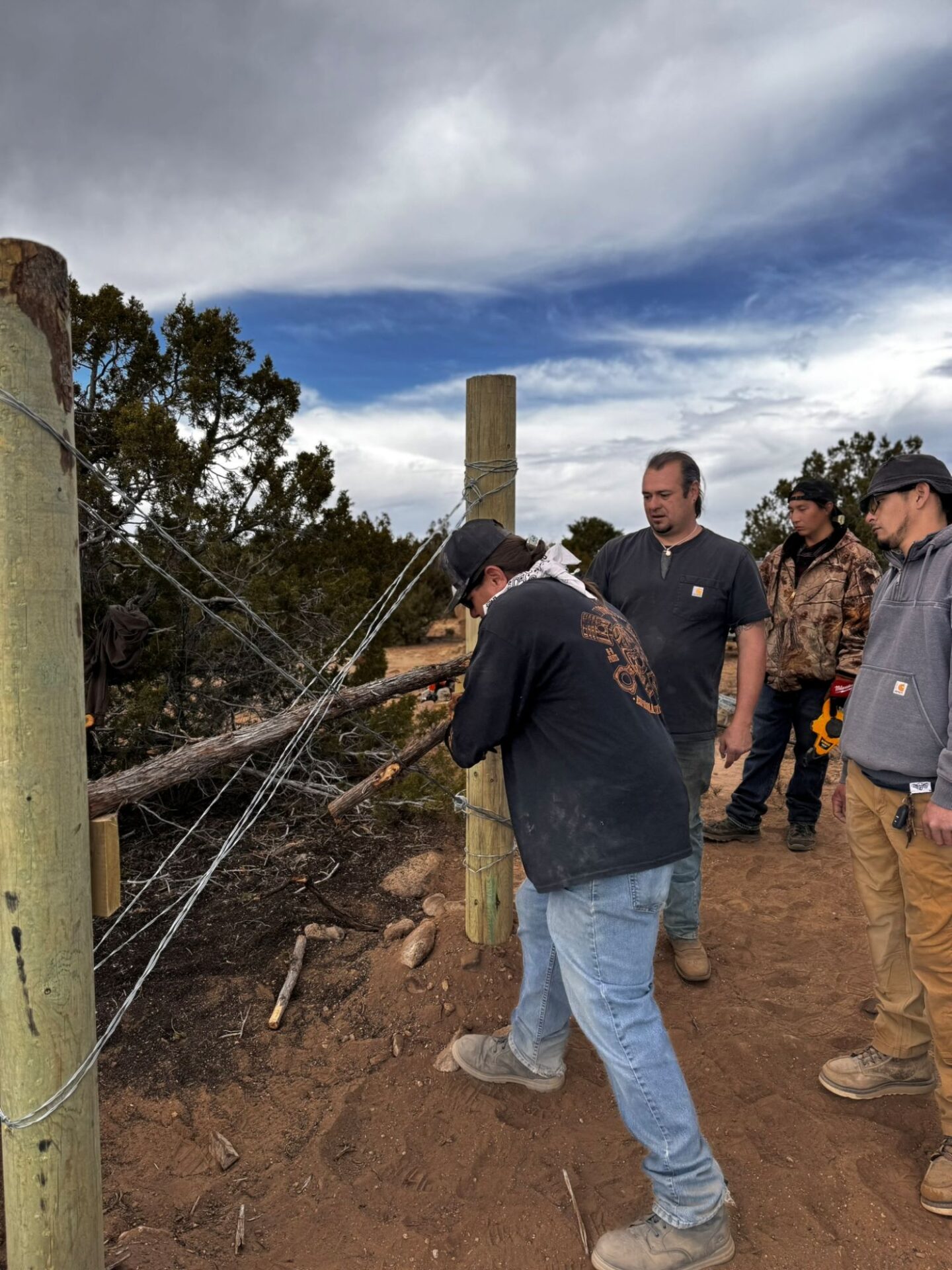
The success of this project reflects not only the power of collaboration between communities and community partners, but also the importance of protecting sacred places. As Andrew Gonzales of the Pueblo of Nambé expressed to the fence crew after the completion of the fence, “We’re very thankful for you guys being a part of our lives and helping us preserve a part of our history, a part of our Pueblo, so nothing gets taken from us. Whether it means to build a fence or just to take care of everything … we appreciate everyone who helped us.”


In the end, the crew saw this project as protecting the Pueblo’s history and writing a new chapter in the history of the Pueblo of Nambé. William Yates of the Pueblo of Nambé shared: “I am honored to have been able to get this opportunity in making history by putting up a fence on land that still is our ancestors’ land. To me, I felt good in my heart. … I just would like to thank everyone for the opportunity … to get this project done and make history for our people yet to come.”
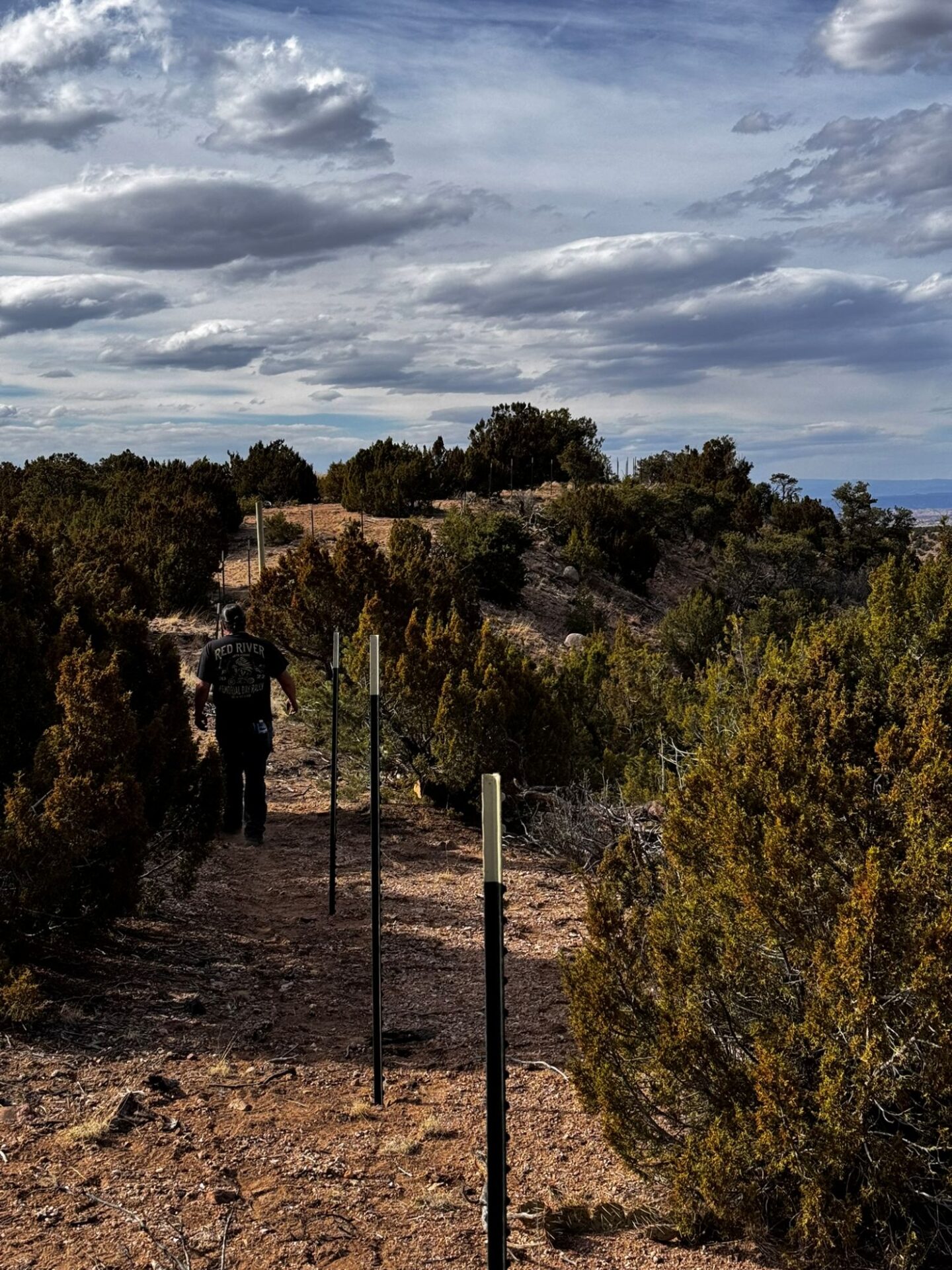
Explore the News
-
Join Today
Keep up with the latest discoveries in southwestern archaeology. Join today, and receive Archaeology Southwest Magazine, among other member benefits.